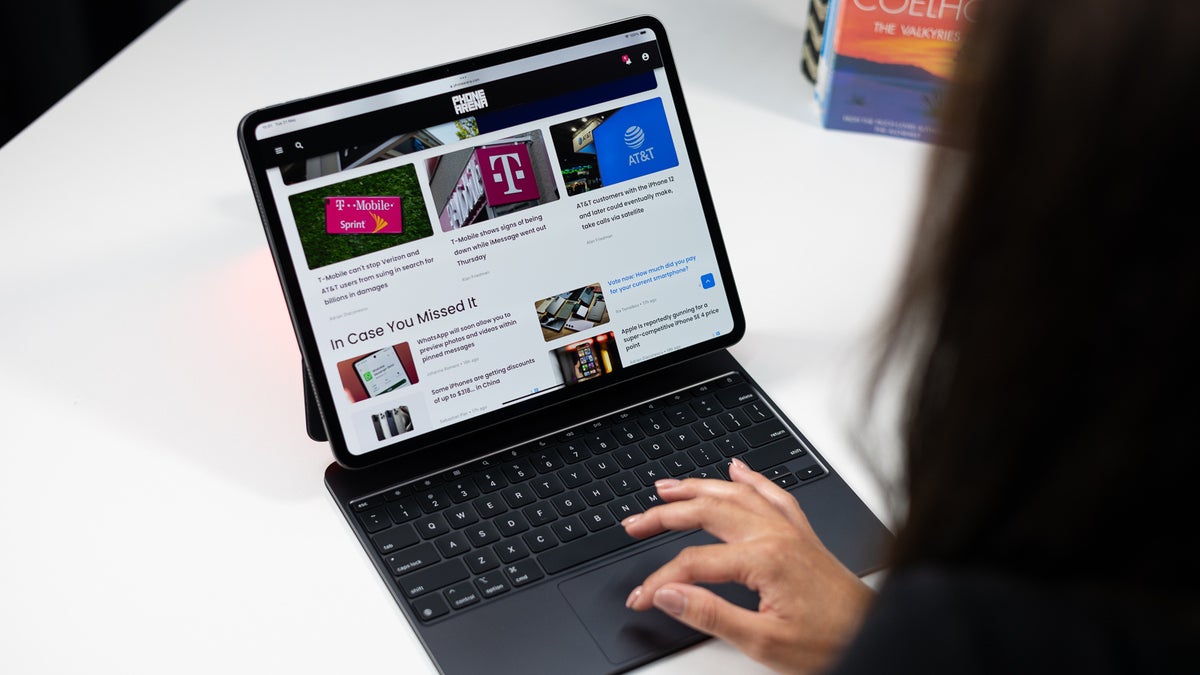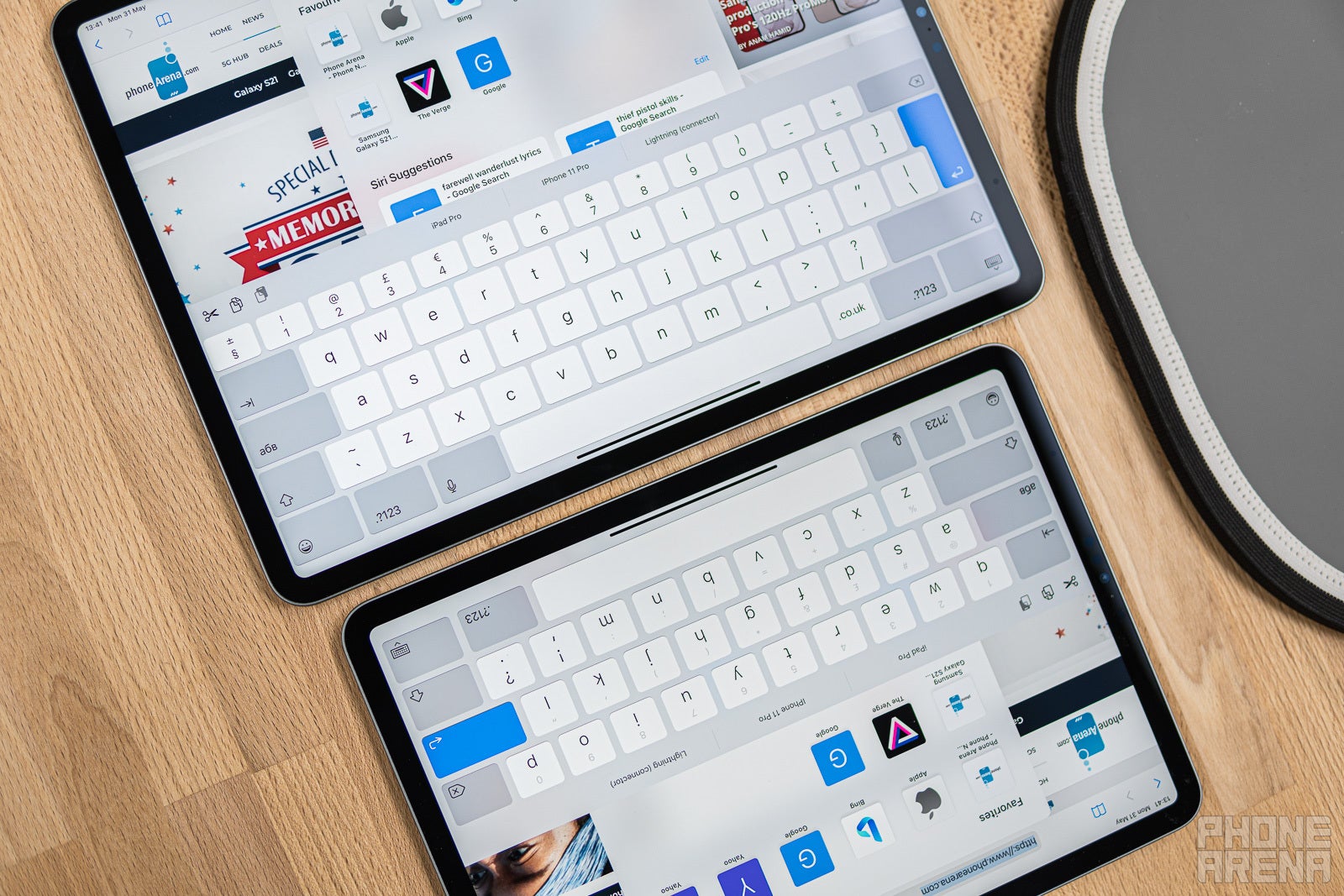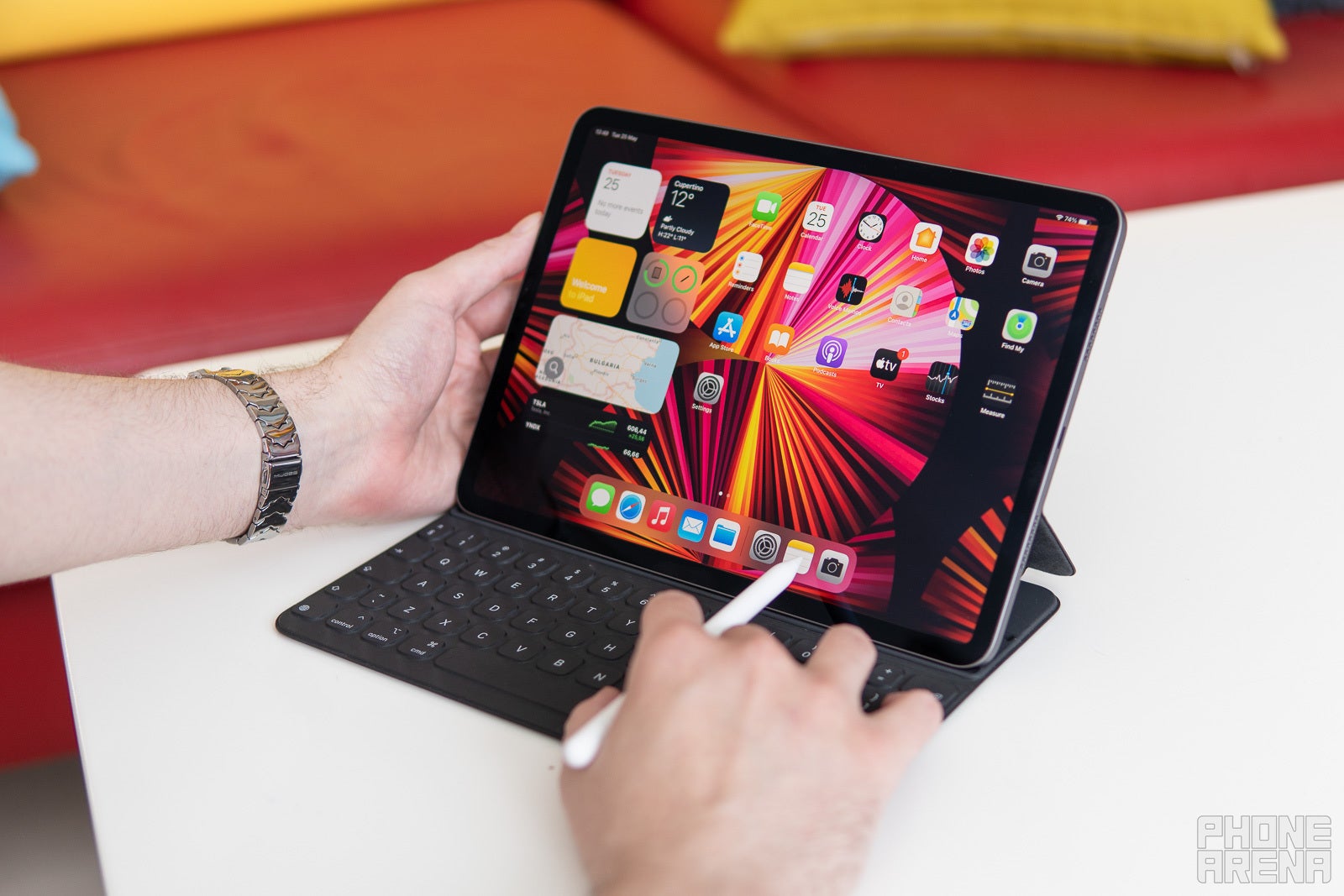Apple has been dominating the tech industry for years with its innovative products and cutting-edge technology. One of their most popular and successful devices is the iPad, a tablet that has changed the way people work and stay connected. However, some people have wondered why Apple doesn’t just have iPads run macOS like their laptops and desktops. In this blog, we’ll dive into the reasons behind Apple’s decision.
First and foremost, it’s important to understand that iPads and laptops serve different purposes. While laptops are designed for heavier tasks such as video editing and graphic design, iPads are intended for everyday use and productivity on the go. This means they have different hardware and software configurations that make them suitable for specific tasks. For example, iPads have touchscreen capabilities and a mobile operating system, while laptops have traditional keyboards and a desktop operating system.
🚀 1. iPadOS 26 Brings Mac-Like Features
With iPadOS 26, Apple introduced powerful upgrades, including cross-platform windowing, a swipe-down menu bar, and adaptable controls. These enhancements give the iPad a striking Mac-like feel—without swapping in macOS lifewire.com+9macrumors.com+9machash.com+9macrumors.com.
🎯 2. The Touch vs. Desktop Dilemma
In an interview with Swiss tech journalist Rafael Zeier, Apple’s SVP of Software Engineering Craig Federighi explained: while macOS offers depth, it’s fundamentally not built for touch macrumors.com+5macrumors.com+5insidemac.net+5.
“With macOS, you’d lose what makes iPad, which is the ultimate touch device,” Federighi said, emphasizing the balance between simplicity and power.
⚖️ 3. Keeping iPad Simplicity, Adding Depth
Federighi clarified that iPadOS 26 is intentionally designed to let users explore more, “at their own pace”, without overwhelming them with desktop complexity. Wikipedia.org+7macrumors.com+7insidemac.net+7.
iPadOS adds windowing, menu bars, and overlapping multitasking
But it doesn’t include macOS’s full suite of tools (e.g., Dock, Finder, right-click menus)
By adopting the best of both worlds in a tailored way, Apple preserves the iPad’s intuitive touch-first experience.
🔍 4. The Future: Convergence without Compromise
Rumors suggest Apple is exploring touch-screen Macs and even a 19″ foldable iPad, hinting at a future where hybrid experiences may emerge macrumors.com+1machash.com+1lifewire.commacrumors.com+1macrumors.com+1.
But for now, Apple upholds iPadOS and macOS as distinct, while carefully borrowing useful features between them.
🧭 5. Why This Matters for Users
Consumers benefit: Casual users enjoy simplicity; power users gain optional depth.
Developers benefit: Write apps that run beautifully on both iPadOS and macOS but feel native to each platform.
Stay ahead: Apple can continue to innovate in both ecosystems—bringing new features back and forth intelligently.
✅ Final Verdict
iPadOS 26 marks a smart evolution: adding Mac-style windowing, menus, and multitasking—while preserving the intuitive touch-first interface that defines the iPad. As Craig Federighi says, mixing desktop OS into iPad UI could compromise simplicity—so Apple instead builds a well-tailored bridge between them.




































